End of an era as the Palais is demolished
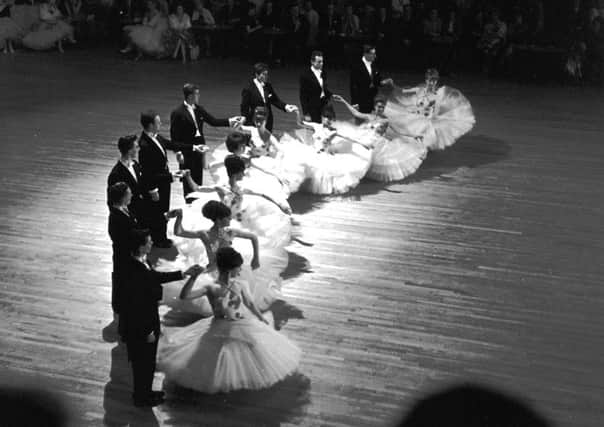

Countless married couples met their future partner on the sprawling dance floor of Fountainbridge’s iconic and much-loved Palais de Danse.
But now all that remains of this once-bustling venue is a pile of rubble after being levelled to make way for student flats.
Advertisement
Hide AdAdvertisement
Hide AdAnd the developers have pledged to adorn the walls of the finished complex with artworks and photographs celebrating the site’s unique history.
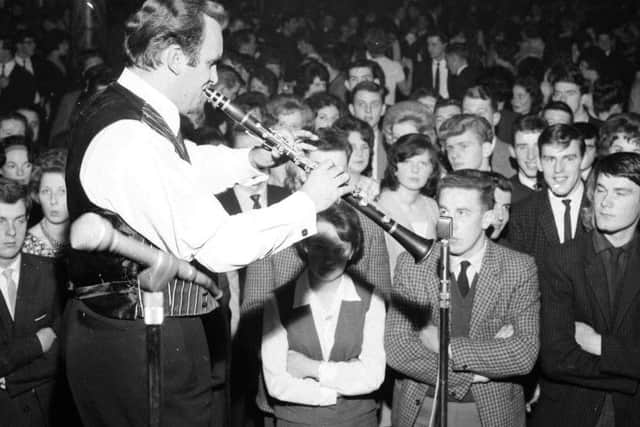

The demolition has this week provoked an outpouring of nostalgia for an Edinburgh institution with an illustrious history – as a skating arena, a cinema-cum-dance club and latterly as a bingo hall.
David McLean, founder of the popular Lost Edinburgh Facebook page, says: “It was a place where couples would first meet and, in later years, return to share a dance as husband and wife. For many Edinburgh locals, whether too young to remember the venue or not, the Palais could very well be the reason they’re here in the first place.”
The venue was also a launch pad and source of inspiration for some of the era’s best-known bands, including the Bay City Rollers.
Advertisement
Hide AdAdvertisement
Hide AdAnd it was here that the original Roller Alan Longmuir first met Tam Paton, the band’s disgraced former manager and spokesman during the 1970s.
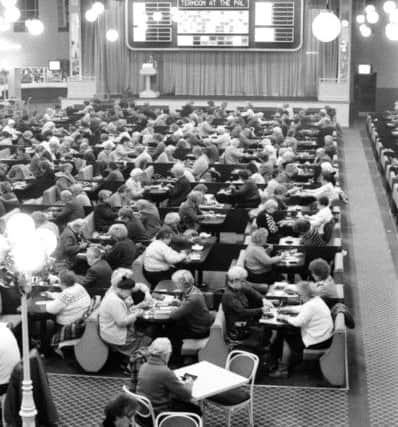

“The Palais was a brilliant place to meet girls and to watch bands,” recalls Alan. “A really good venue. You could say this was where my musical journey really started. That’s where I met Tam Paton. He had a band called The Crusaders that played all over Scotland. When they broke up, he formed an orchestra and became the band-leader at The Palais.
“The Palais had a revolving stage and I used to go along and watch him and his band play, in fact, my pals used to get fed up with me because they wanted to dance with the girls, but all I wanted to do was study the band, see how professional they were.
“They used to call Tam the one-handed piano-player because, as people walked in, he’d wave to them.
Advertisement
Hide AdAdvertisement
Hide Ad“Back then music was a hobby for me. Then one day I plucked up the courage to ask him to manage us. It took a year before he came to hear us play, and when he did he didn’t come to a gig, he turned up at my house and watched us rehearse in the front room.
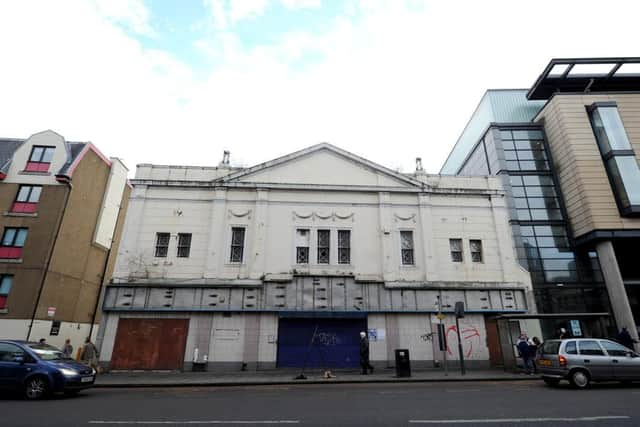

“It was the worst thing and best thing that ever happened to the Rollers when he signed up to manage us. I played the Palais before it was turned into a bingo hall. It’s sad to see it go.”
And Alan is by no means the only big name to be linked to the Palais.
Fountainbridge’s most famous son Sean Connery worked there as a bouncer and even trained for a career as a bodybuilder in the backstage area.
Advertisement
Hide AdAdvertisement
Hide AdIt is rumoured that Sir Sean frequently flouted the Palais’ strict doorman dress code and each evening would swiftly shed his bow tie.
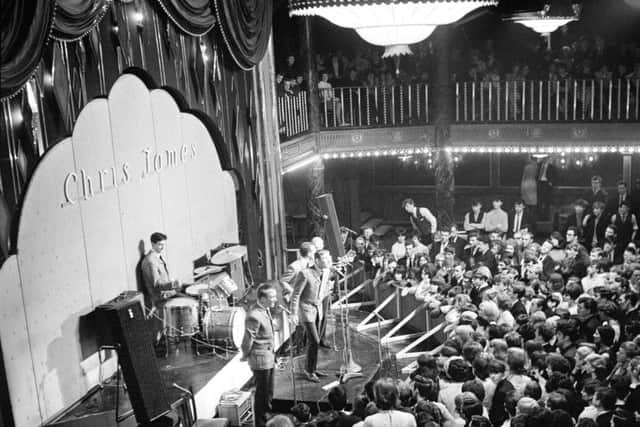

David, of Lost Edinburgh, adds: “Perhaps Big Tam didn’t want to look like a bit of a softy should Tollcross’s notoriously violent Valdor gang turn up – a common occurrence according to those who used the venue regularly.”
Former Simple Minds boss and music supremo Bruce Findlay first went there in the late 1950s, describing the demolition as “the end of an era”.
“It was the first place I went to as a teenager,” he says. “I would be 14. I went with a guy call Tom Bell who went on to work for Radio Forth. He was a year or so older than me and he said ‘Come along’. I wanted to learn how to jive. It would be 1958 or ‘59 and it was a Thursday night.
Advertisement
Hide AdAdvertisement
Hide Ad“There was a band playing some rock ’n’ roll. I must have gone there half a dozen times with Tom. It wasn’t licensed. There were only soft drinks.
“Of course, I wouldn’t have been drinking anyway. I was too young.
“It was a very exotic place – a proper old-fashioned fabulous ballroom with a lobby are almost as big as the dance floor itself with lavish toilets where all the boys and girls used to preen themselves for going into the dance.


“There was a balcony and fantastic dance floor and revolving stage. I can remember the bands revolving. It was very clever. When it was turned into a bingo hall it was very sad but that was happening to a lot of dance halls.
Advertisement
Hide AdAdvertisement
Hide Ad“It’s a shame it has been demolished. It could have been Edinburgh’s answer to Barrowlands though admittedly this would have been costly.
“There will be people who remember it for ballroom dancing. Strictly [Come Dancing] is incredibly popular on television and there might even have been a return to ballroom dancing here. Who knows? Perhaps it was demolished a few years too soon.”
And during the 1960s, the venue was even used by the BBC for their long-running Come Dancing series – a distant ancestor of Strictly.
The building began life not as a ballroom but as The Grand Skating Rink – the longest rink in Edinburgh – which opened in November 1909.
Advertisement
Hide AdAdvertisement
Hide AdIn December 1911 the rink was converted and reopened as The Coliseum picture house, billed as ‘The finest and largest picture hall in Edinburgh’.
The Coliseum was a cine-ballroom complex with seating for 1800 and regularly featured the latest flicks from the likes of Charlie Chaplin.
Dancing returned to the venue on Hogmanay 1920 for the inaugural Grand New Year’s Ball of the new Palais de Danse, described as ‘Scotland’s most exclusive ballroom and social rendezvous’. The cinema, renamed The New Coliseum, continued alongside the Palais until 1942.
In its early days the Palais, with its handsome facade, was regarded as the city’s most upmarket dance hall, attracting visits from the Duke of Windsor and the Duke of Kent.
Advertisement
Hide AdAdvertisement
Hide AdFrom the 1930s onwards the Palais became one of the most popular haunts in the city, hosting up to 900 people on a good night. The great novelty was the hand-cranked revolving stage, which allowed bands to seamlessly swap over, without any interruption to the dancing.
There were no alcoholic drinks, and the so-called “cocktail bar”, Cupid’s Corner, served only fruit juice.
The building lay disused for a number of years before embarking on a new lease of life as a bingo hall until 2006 when Mecca Bingo moved to Fountainpark.
Student complex on Palais site
DEVELOPERS will build a 250-bed student complex on the site, complete with a private dining area, movie room and a full-sized gym.
Advertisement
Hide AdAdvertisement
Hide AdThe accommodation – due to be completed in September 2018 – will also boast large social areas, a gaming zone and study rooms.
Vita Student insist that they understand the history of the site is special to the community and has pledged to host open evenings to allow people to see its evolution.
Lee McLean, managing director of Vita Student, added: “In every city we take Vita Student we want our customers to feel an affinity with the local area and community so we bring out elements of its history and culture into the interior design of our residences.
“As well as incorporating the exquisite Palais de Danse into our Fountainbridge project, we will also feature the urban history of the local area by including design elements of the rubber factory.
Advertisement
Hide AdAdvertisement
Hide Ad“We look forward to opening our doors in September 2018 and becoming a valued member of the local community.”
Vita Student has ten sites across the country all with “customer experience representatives” working 24/7.
But ward councillor for the Greens Gavin Corbett is among those who would have preferred it if at least some part of the original building could have been preserved.
He said: “When the development proposal first came forward I asked the developer to look into the possibility of retaining the Art Deco facade.
Advertisement
Hide AdAdvertisement
Hide AdI was as sad as anyone when I saw the bulldozers move in and take the last of the Palais away. Now all we have is pictures.”
Fountainbridge’s changing face
Fountainbridge is one of the fastest-changing areas in the Capital.
It is in the midst of a huge revival including the £200 million India Quay development at the former McEwan’s brewery site.
The development proposes flats, shops and business space, expected to boost the local economy by more than £30m.
Advertisement
Hide AdAdvertisement
Hide AdFountainbridge will also become home to the £35m replacement campus for Boroughmuir High School.
There are plans for a £10m hub for Edinburgh Printmakers at the former home of the North British Rubber Company.
But the pace of change – including the proliferation of student flats – has angered heritage groups.
Marion Williams, director of the Cockburn Association, said: “Losing characterful buildings like the Palais to characterless blocks of student accommodation does nothing to enhance the cityscape and protect its beauty.
“Fountainbridge is fast becoming a monstrous development of student blocks. What we need is social and affordable housing for the city, with local amenities such as small cinemas and community hubs.”